Introduction to Firebase
 Ishita Ghosh
Ishita Ghosh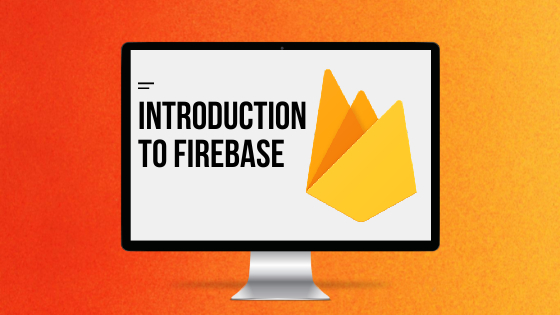
 I was in the third year of my college when I and my teammates planned to build a chat application and that was when we came to know about Firebase. It made our work so much easier and faster that we were able to complete our application not only on time but also with all the functionalities of the backend we planned to apply.
I was in the third year of my college when I and my teammates planned to build a chat application and that was when we came to know about Firebase. It made our work so much easier and faster that we were able to complete our application not only on time but also with all the functionalities of the backend we planned to apply.
So let's begin with understanding what Firebase is.
What Is Firebase?
Firebase is a Google-backed application development software that enables developers to build highly functional and versatile iOS, Android, and Web apps and helps to improve and grow the application.
But Firebase is so much more than what has been defined above.
The Firebase is not only a Backend-as-a-Service (BaaS) but also a platform that offers developers a wide range of tools and services to develop high-quality apps at a much faster pace. When I say “Backend-as-a-Service (BaaS)”, here I mean that the applications have a backend that is fully automated and maintained by Google. It helps in building highly scalable apps.
Backend-as-a-Service (BaaS) is a cloud service model in which developers outsource all the Backend factors of a web or mobile application so that they can only focus on enhancing the app's experience rather than focusing on analytics, authentication, databases, file storage, hosting or configurations. All these factors are taken care of by a cloud that is responsible for providing, operating, and maintaining these components. One of the most significant benefits of BaaS services is the time-to-market can be significantly reduced for the application.
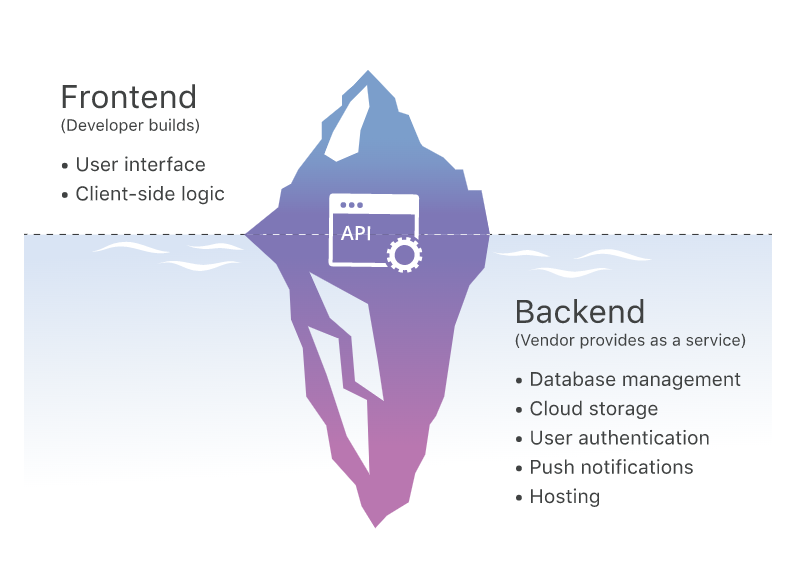
Some of the services provided by BaaS are present in the picture below
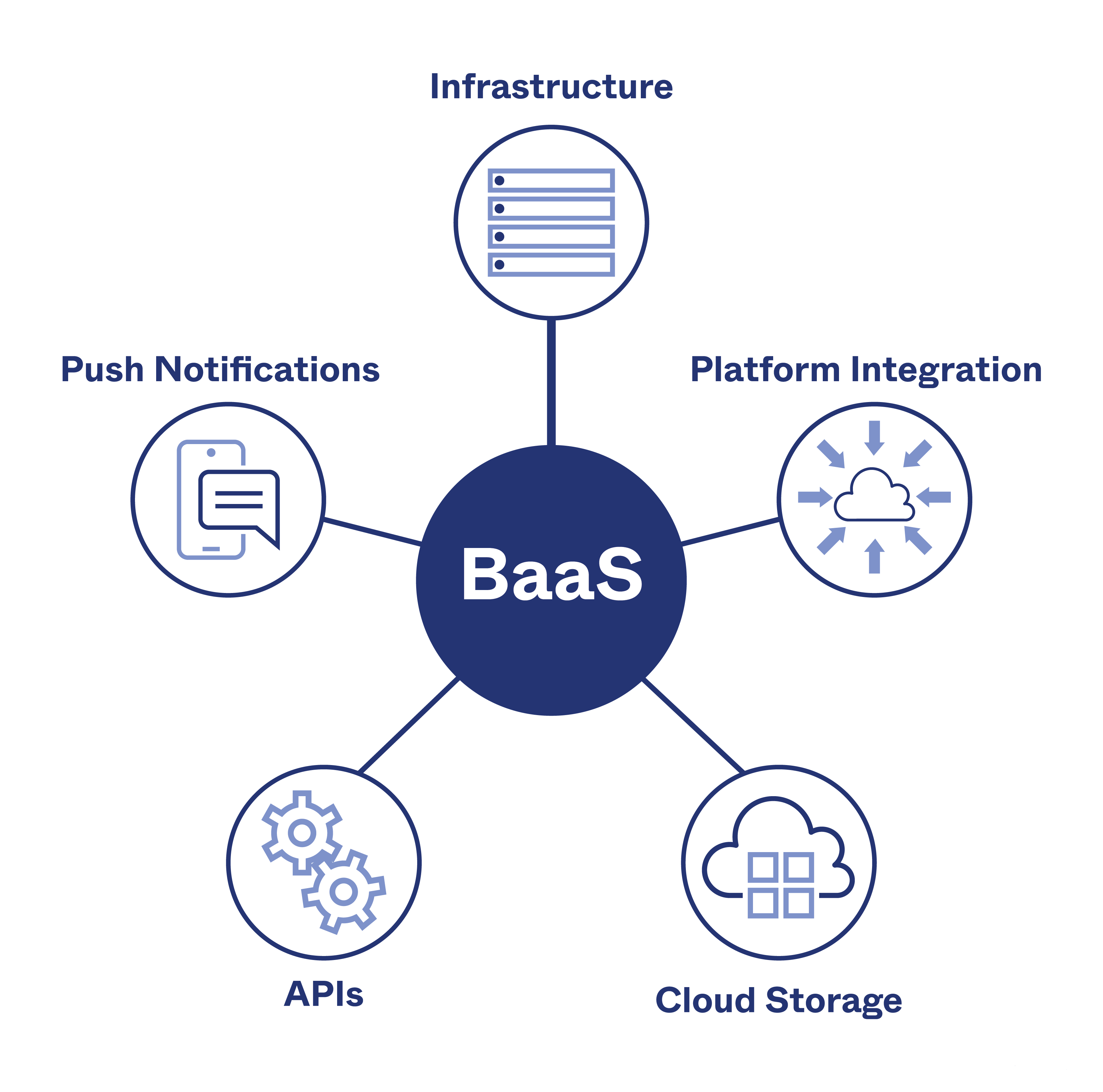
Services provided by Firebase
Firebase suite comes with a number of services. The front page of the Firebase website displays three categories of the services which they provide. Among which are services for App Development, Quality Improvements, and Instruments for business growth. You can get a better idea from the picture below.
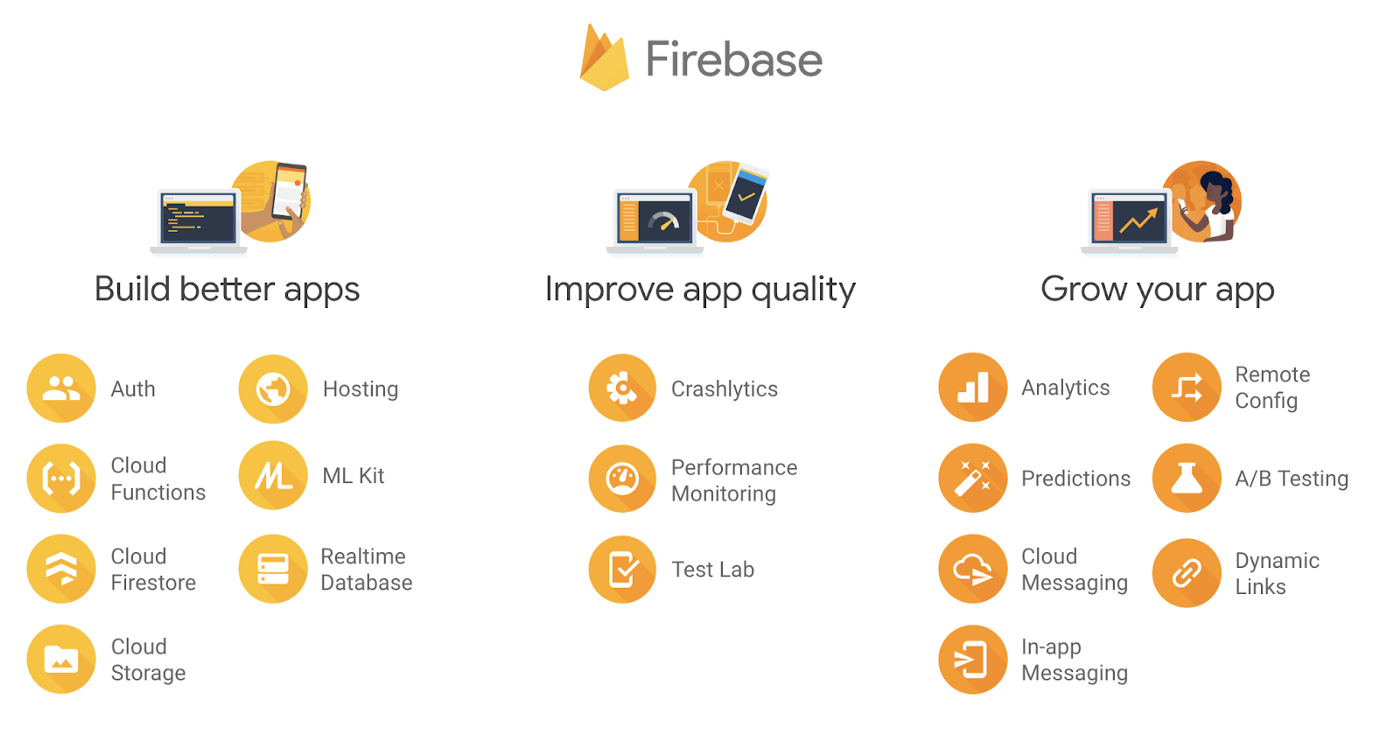
Firebase Auth is a Google authentication feature that allows you to build UI libraries for user authentication. A better Sign In and Sign Up experience can be developed with the help of this service.
Firebase ML is a mobile SDK that allows you to use Google's ML features in iOS or Android app. ML Kit comes with a set of ready-to-use APIs for common mobile use cases: recognizing text, detecting faces, identifying landmarks, scanning barcodes, labeling images, and identifying the language of the text.
Firebase Cloud Storage is a Google cloud that allows for the secure storing and sharing of user-generated content like photos and videos. It makes sharing easier and storage hassle-free.
Firebase Hosting provides fast and secure hosting for your web app, static and dynamic content, and microservices. The applications could be easily deployed with a single command.
Realtime database stores and syncs unrestricted app data in JSON and enables you to access it in realtime. It provides secure access to the database directly from the client side and data can be synchronized to every connected client in realtime. It can also work offline as it caches the changes made in the client-side application and once the connection is restored the updates are synchronized.
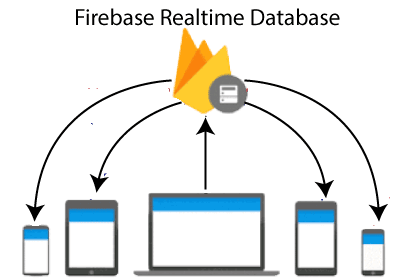
Firebase Crashlytics is a realtime crash reporter that helps you track, prioritize, and fix stability issues that deteriorate your app quality. It helps to detect and resolve the main causes of crashes.
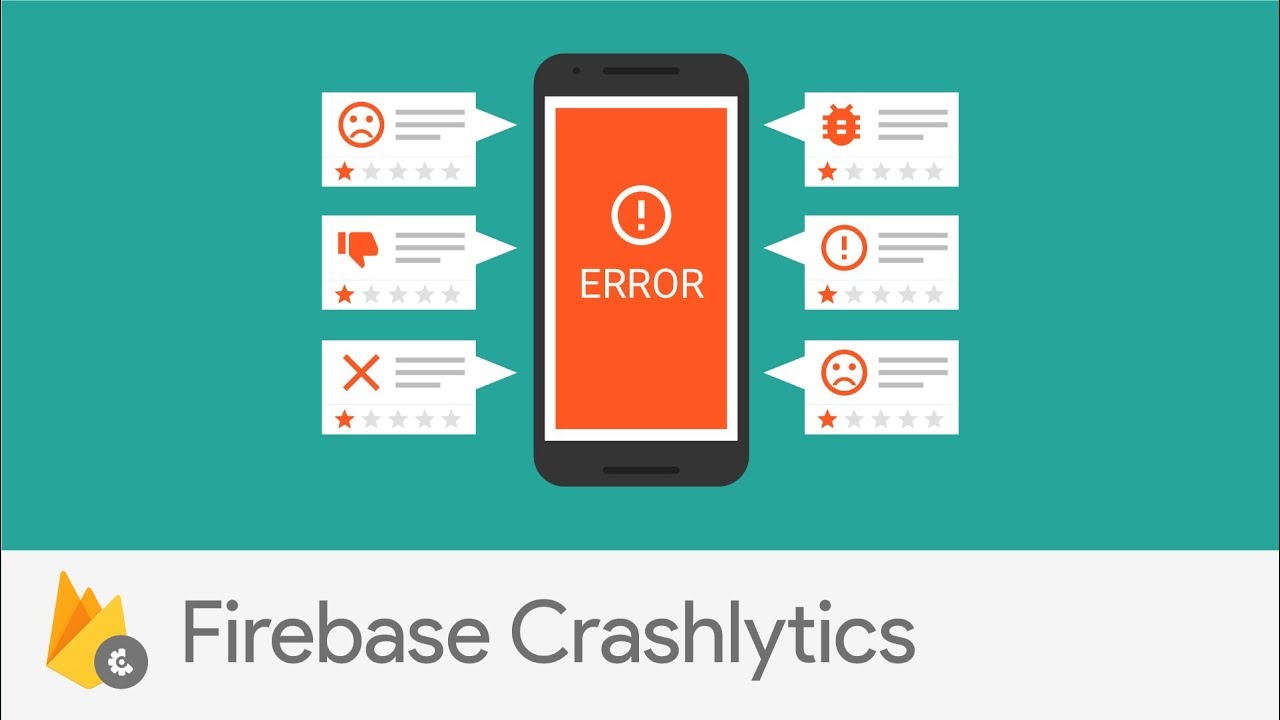
Firebase Performance Monitoring is a service that helps you to gain insight into the performance characteristics of your Apple, Android, and web apps. It collects performance data from your app, then reviews and analyzes that data in the Firebase console. Performance Monitoring to investigate performance issues and monitor new feature rollouts. Performance Monitoring helps you to comprehend in real time where the performance of your app can be enhanced so that you can use that information to fix performance issues.
Firebase In-App Messaging is a tool that helps you engage and retain users with targeted messages. It helps in identifying the interests and behaviors of your app's users.
Firebase A/B Testing helps you optimize your app experience by making it easy to run, analyze, and scale product and marketing experiments. It is used for testing and validating your app's features to improve the user experience of the product.
Google Analytics is a tool for analyzing user interactions in the app. It reports on 500 different event types. It provides you with the important data that is essential for your business.
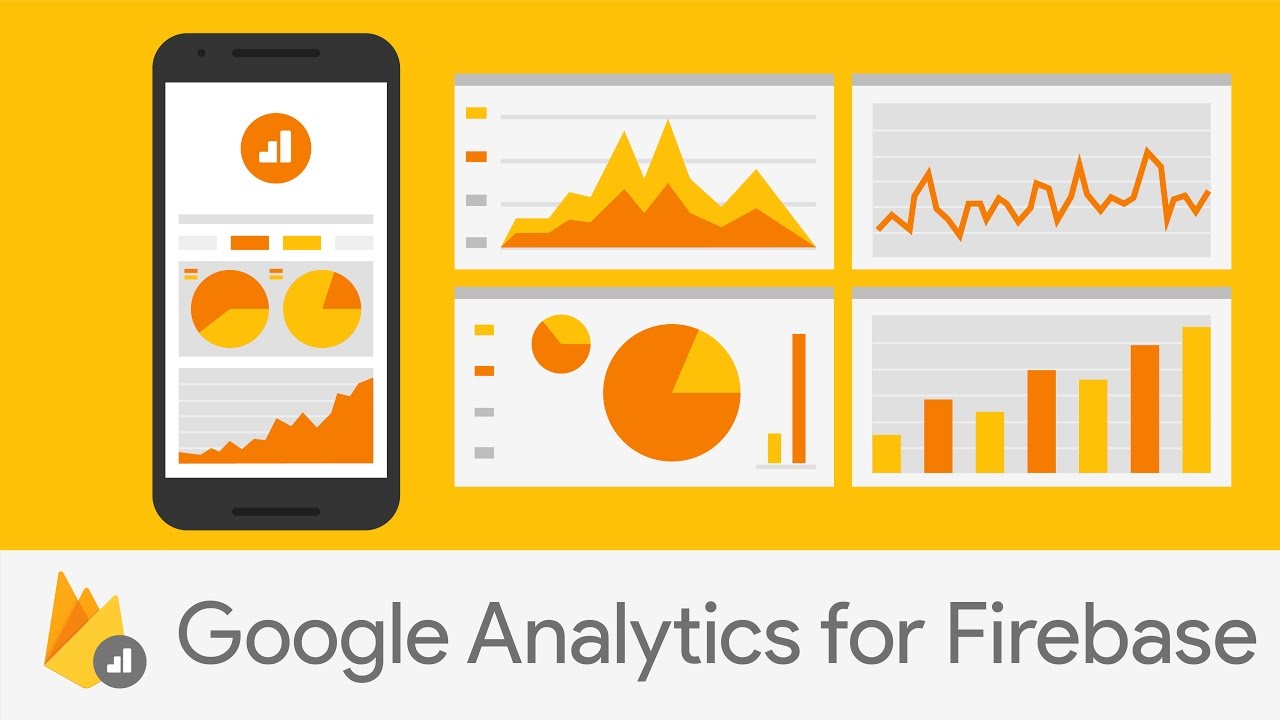
Pros of using Firebase
Realtime Database
Free Start
Free Multi-Platform Firebase Authentication
Security and Efficiency Hosting Experience
Higher Website Traffic
Swift Bug Fixing and Crash Reporting
Minimal Downtime and Maximum Performance
Accessible UIs and hassle-free integration
Supports Faster Development
Like any technology, Firebase has its own imperfections.
Cons of using Firebase
Realtime Database Limitations such as limited querying capabilities
Limited SDKs
Less support for iOS apps
Conclusion
Firebase has become one of the effective platforms that have made the job of app developers easier to a great extent. Whether you are creating a new product or rebuilding an existing one, Firebase remains a good choice. It not only saves time but is a cost-effective solution to expand the business and keep track of the market through excellent analytics tools provided. If used with an in-depth understanding of its concepts it can fetch great results by enhancing the revenue of the app.
However, you need to understand all the features thoroughly so that you can maximize its benefits. Firebase is still one of the best solutions for a BaaS. And it’s likely to only get better.
Thanks for reading. Have a great time! Remember to like, share, and comment with your thoughts.
Subscribe to my newsletter
Read articles from Ishita Ghosh directly inside your inbox. Subscribe to the newsletter, and don't miss out.
Written by
